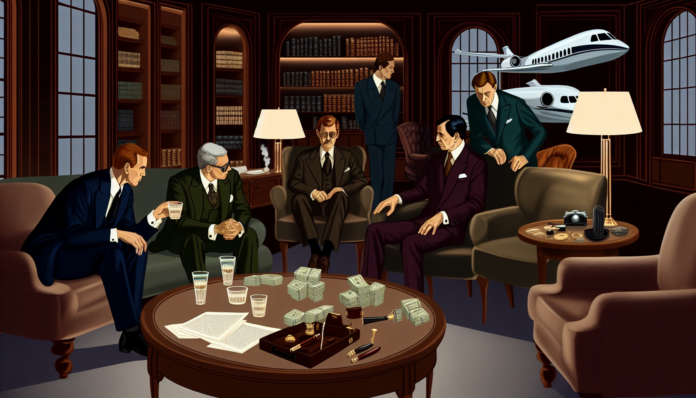Introduction
In the annals of political history, few scandals have carved as deep a groove as the tumultuous affair between President Bill Clinton and White House intern Monica Lewinsky in the late 1990s. This scandal encapsulated not just a personal betrayal but also a seismic shift in political and social norms, shaking the very foundations of trust in leadership. At a time when a more conservative moral climate still held sway, this affair ignited debates about power dynamics, gender roles, and the capabilities of leaders—pressing questions that resonate even today.
The Scandal
In 1998, the United States was rocked by revelations of a sexual relationship between Clinton, a charismatic leader and a married man, and Lewinsky, a 22-year-old intern. The affair began in 1995 and involved numerous encounters in the Oval Office, leading to accusations of seeking to cover up their liaison. The scandal escalated dramatically when Clintons’ attempts to deny these claims led to a perjury lawsuit, resulting in his impeachment by the House of Representatives in December 1998.
Key moments included the infamous 1995 meeting in the Oval Office, where the young intern alleged the liaison began. The scandal came to a head with the release of intimate details on the televised interview with Lewinsky, where she described her affair with candor, sparking a media frenzy across the nation. Quotes like Lewinsky’s proclamation that she was “alone and afraid” highlighted the psychological toll of the scandal.
Prominent news outlets, including The Washington Post and Newsweek, provided extensive coverage, shaping public perception. The term “bimbo eruption” entered the lexicon as it became evident that political enemies sought to exploit the affair. As the investigation unfolded, it became clear that this was not merely a personal affair; it posed significant questions about fidelity, ethics, and the consequences of abusing power.
Moral and Cultural Analysis
The societal reaction was fervent. At the time, many Americans were shocked, appalled, or simply entertained by the unfolding saga. The conservative norm of the ’90s, which emphasized traditional family values, clashed unitedly with the realities of the affair. Critics argued it undermined the integrity of the office of the presidency, while supporters viewed it as a personal misstep that should not dictate political viability.
Consequences for Clinton were substantial; he faced impeachment and ultimately was acquitted by the Senate. For Lewinsky, the fallout was even more personal. Catapulted into the public eye, she dealt with intense scrutiny, with the term “Monica’s dress” becoming shorthand for shame, objectification, and harassment. The societal double standards were glaring—as a woman, Lewinsky was often vilified, while Clinton retained substantial public support.
Contrast these reactions with contemporary views on similar scandals. Today, the political landscape has evolved, with a stronger emphasis on issues of consent and the consequences of power imbalances in relationships. A modern audience might approach a similar situation with a focus on systemic inequality and victimization, reshaping discussions on accountability. Lewinsky herself has become a voice of resilience, advocating against bullying and objectification, a conversation that emphasizes the need for personal agency and respect in political and personal affairs.
The Clinton-Lewinsky affair remains a pivotal moment in U.S. history, showcasing how personal lives intricately intertwine with public policy and reputation, significantly shaping our understanding of governmental integrity and human relationships.

